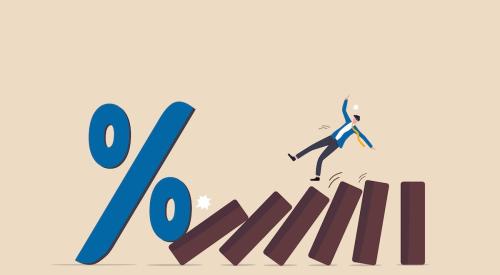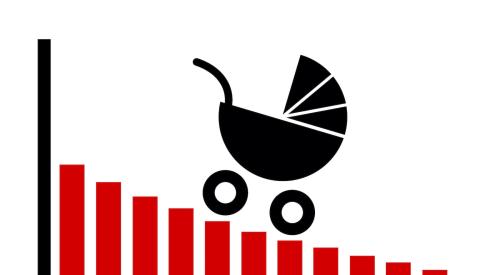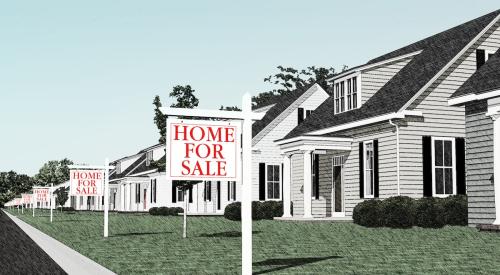As monthly mortgage payments increased by double digits in April from March, median family income declined. The National Association of Realtors (NAR) found median family incomes dropped 1% from March to April this year as monthly mortgage payments went up 16.1%. Comparing April 2021 to 2020, existing home sales prices have increased 19.9% and 30-year fixed mortgage rates are up 0.26%. NAR’s Housing Affordability Index dropped from 175 in March to 155.8 in April, but any number exceeding 100 means that families with a median income can afford a median-priced home. Still, it was the largest drop in housing affordability in the past 12 months.
As of April 2021, the national and regional indices were all above 100, meaning that a family with the median income had more than the income required to afford a median-priced home. The income required to afford a mortgage, or the qualifying income, is the income needed so that mortgage payments make up 25% of family income.2 The most affordable region was the Midwest, with an index value of 202.7 (median family income of $87,285, which is more than twice the qualifying income of $43,056). The least affordable region remained the West, where the index was 113.7 (median family income of $95,103 and qualifying income of $83,616). The South was the second most affordable region with an index of 166.2 (median family income of $80,801 and qualifying income of $48,624) The Northeast was the second most unaffordable region with an index of 157.9 (median family income of $100,055 with a qualifying income of $63,360).
Housing affordability3 declined from a year ago in all of the four regions. The Northeast had the biggest decline of 17.5%. The South region experienced the strongest decline in price growth, compared to a year ago, of 12.2%. The Midwest region fell by 10.3% and was followed by the West, which decreased 9.5%.













